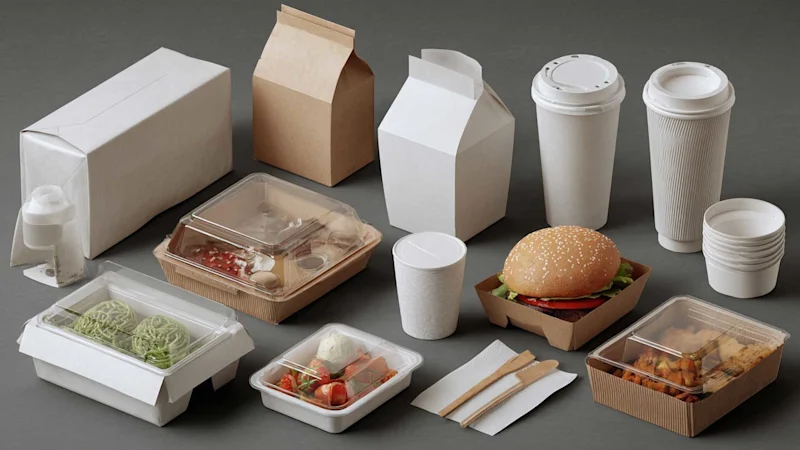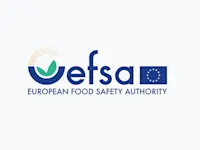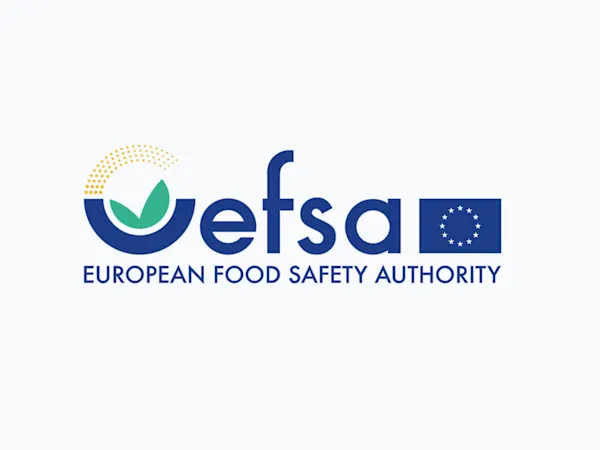
Switzerland Considers Standalone PFAS Regulation to Strengthen Environmental Protections
Switzerland proposes independent PFAS regulation, diverging from EU water directives to better protect health, agriculture, and the environment.


Switzerland will implement a nationwide ban on Bisphenol A (BPA) and other hazardous bisphenols in food contact materials from 1 July 2025, under a revised Swiss FCM Ordinance. This regulatory move targets all manufacturers, importers, and distributors of coated materials, triggering compliance obligations across packaging, food production, and consumer goods supply chains.
The Swiss Federal Department of Home Affairs (DFI) has amended the Ordinance on Materials and Articles in Contact with Food (RS 817.023.21), also known as the Swiss FCM Ordinance, to introduce one of the most rigorous national restrictions on BPA to date.
The updated regulation prohibits the use of 2,2-Bis(4-hydroxyphényl)propane (BPA, CAS: 80-05-7) and its salts in the manufacture of varnishes and coatings. It also bans placing on the market any food contact materials made with these substances.
An exemption allows BPA in epoxy resins for containers exceeding 1,000 litres, under the strict condition that BPA migration into food is not detectable (limit: 1 μg/kg).
The ban extends beyond BPA to cover all hazardous bisphenols and their derivatives classified as carcinogenic, mutagenic, toxic for reproduction, or endocrine disruptors under Swiss law (OChim Annex 2, chapter 1). These materials are barred from both production and marketing if used in food contact coatings.
Regulated entities must confirm compliance through validated extraction methods capable of detecting bisphenol residues down to 1 μg/kg.
Affected businesses must prepare for phased implementation:
Clear labelling and Declarations of Conformity are mandatory, including a list of all bisphenols used.
These changes impact manufacturers, importers, food packagers, retailers, and professional food producers alike.
Foresight continuously tracks 1000s of sources and maps updates to your portfolio:




Switzerland proposes independent PFAS regulation, diverging from EU water directives to better protect health, agriculture, and the environment.

ChemSec updates the SIN List with neurotoxicants, spotlighting brain-damaging chemicals and urging EU regulators to act swiftly on these hidden threats.

EFSA launches consultation on updating its Weight of Evidence and Biological Relevance guidance, aiming to streamline chemical risk assessment practices.
Subscribe to Foresight Weekly and get the latest insights on regulatory changes affecting chemical compliance.
Free forever. Unsubscribe anytime.
Read by professionals at